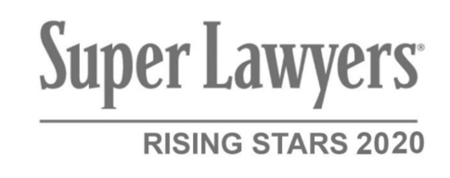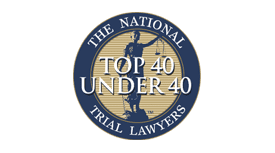The Rule Against Hearsay in Injury Cases
Published in Personal Injury on June 30, 2017
Reading Time: 3 minutes
“Hearsay” is a legal term used both criminal and civil courtroom proceedings to describe any statement other than one made by a sworn witness being examined in the courtroom under oath, and offered as evidence of the truth of the matter at hand. If you are a fan of courtroom procedurals on TV, you are accustomed to an attorney jumping up and crying out indignantly, “Objection. Hearsay!” Hearsay is not, under most circumstances, allowed as evidence of the facts of the case in either criminal or civil trials.
An Example of Hearsay in a Car Accident Case
Here’s an illustration to demonstrate what it means: A witness to an accident can say. “I saw the red Volvo make a left turn and strike the green Chevrolet in the front passenger side. That is acceptable as evidence, because the witness is describing what he saw with his own eyes. But if the witness says, “I heard a crash and looked over and saw that an accident had occurred. Joe Smith was standing there and he told me he had seen the accident, and the Volvo T-boned the Chevrolet while making a left turn,” that is not acceptable as evidence of the facts of the crash under the hearsay rule. The witness did not see the accident; he is only reporting what Joe Smith said, and Joe is not present to be sworn in and cross-examined by opposing counsel. If the statement was made simply to show that the witness had discussed the case with Joe Smith, but not offered as evidence of how the crash occurred, it would not be considered hearsay.
Hearsay Rule Exceptions Complicate the Matter
While this concept seems fairly straightforward and logical, it can get pretty complicated. Why? There are nearly 30 exceptions to the evidentiary rule against hearsay. Here are some examples:
- An “Excited Utterance,” which is a statement someone blurted out on the spur of the moment.
- A “Statement Against Interest,” which is a statement that is so obviously contrary to person’s vested interests that it can probably be presumed to be true.
- A “Declaration of Present State of Mind” is a statement used to describe the declarant’s (person who said it) state of mind at the time it was spoken. For example, if the declarant said, “God appeared before me and told me to shove his car off the cliff,” the statement could be used to indicate that he was delusional.
- “Present Sense Impressions” are expressions that indicate how the declarant perceived something via his senses, or his impression of a condition at the time the statement was made. For example, “He appeared to be staggering; it looked like he was drunk.”
- A “Dying Declaration,” is, as it sounds, words spoken with the person’s dying breath. He can’t appear as a witness, being dead; but he probably had no stake in lying at that point either!
An Experienced Trial Lawyer Knows When to Object, and on What Grounds
There are many more exceptions; it takes a skilled attorney to understand the rules and to be quick to object when hearsay is uttered and to offer the correct legal explanation for the objection. The judge will rule on whether or not the statement is admissible. If the opposing attorney fails to object to hearsay promptly, it will usually be admitted. So, if you are involved in a personal injury case, make sure you are represented by a skilled and experienced trial lawyer who will be alert and react quickly, and who understands the rules of evidence well enough to make a sustainable argument to strike hearsay from the record.
For more information, call our law office at (617)-391-9001. Or if you would prefer to email us, then please visit our contact page.
Comments are closed.










